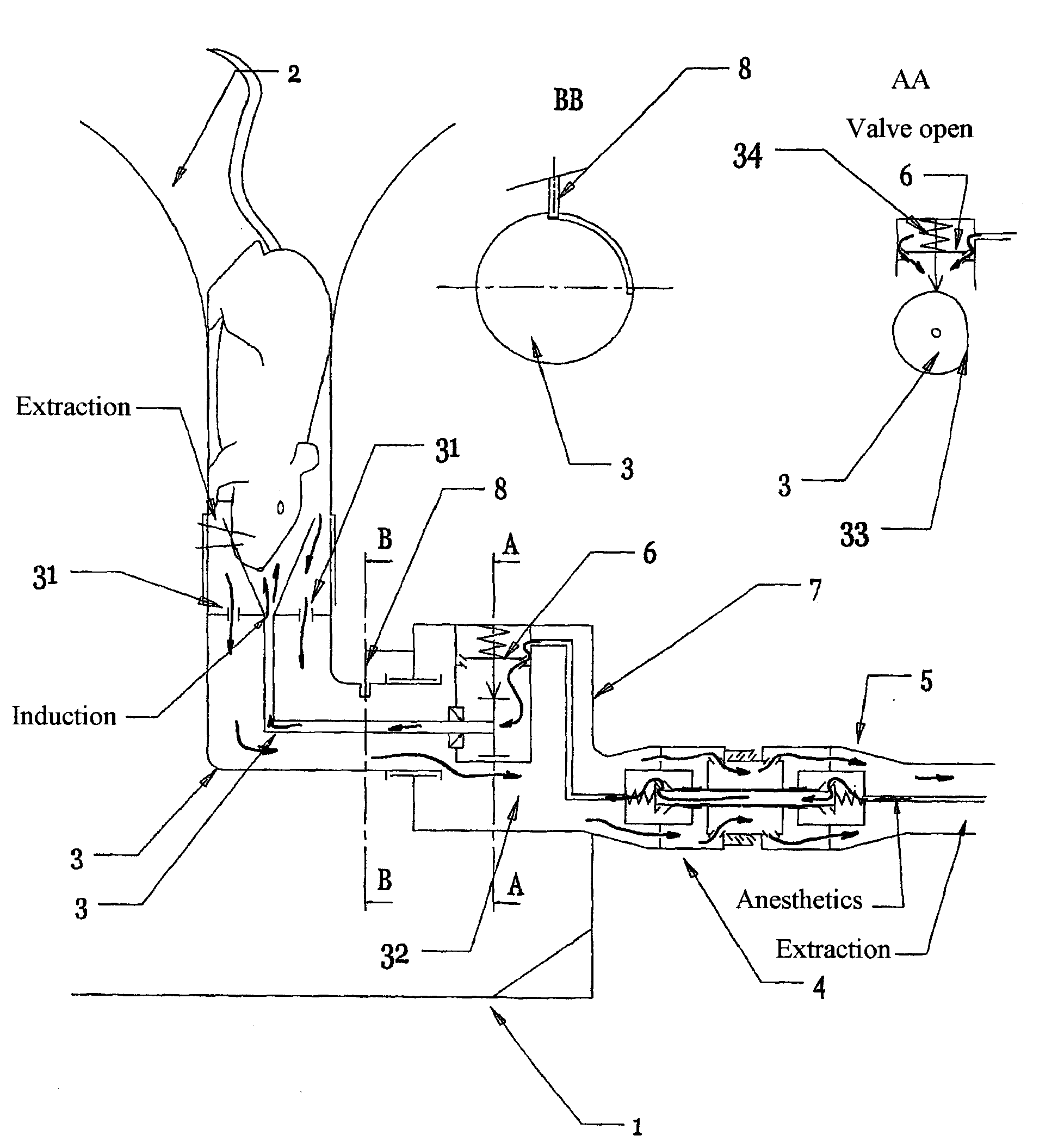Universal Cell for Medical Imaging of a Small Animal Under Anesthesia
a technology of anesthesia and medical imaging, applied in the field of universal cells for medical imaging of small animals under anesthesia, can solve the problems of affecting the treatment effect of patients, requiring the animal to be prevented from moving, and requiring considerable overall treatment time, so as to maximize the effect of suction of excess polluted gas
- Summary
- Abstract
- Description
- Claims
- Application Information
AI Technical Summary
Benefits of technology
Problems solved by technology
Method used
Image
Examples
Embodiment Construction
with reference to the diagrams of FIGS. 1 to 8
[0056]FIGS. 1 and 2: the induction device is permanently connected to a stationary structure (1) placed on a mattress or on a work surface. This structure that provides stability to the mechanical assembly is of dimensions, shape, and weight that ensure it remains stable during the induction stage. The induction device comprises a main body (7) fastened to the structure, having a double-closure female coaxial connector (4) integrated therein and two moving portions that can be secured to each other. The first portion is constituted by the induction and restraint cylinder (2), and the second is constituted by the moving body (3). The female coaxial connector (4) fitted to the main body (7) needs to be connected (FIG. 3) and screwed to the double-closure male coaxial connector (5) of the coaxial circuit connecting the anesthetic gas generator to the induction device in order to enable two free and independent flows of gas to take place. Th...
PUM
 Login to View More
Login to View More Abstract
Description
Claims
Application Information
 Login to View More
Login to View More - R&D
- Intellectual Property
- Life Sciences
- Materials
- Tech Scout
- Unparalleled Data Quality
- Higher Quality Content
- 60% Fewer Hallucinations
Browse by: Latest US Patents, China's latest patents, Technical Efficacy Thesaurus, Application Domain, Technology Topic, Popular Technical Reports.
© 2025 PatSnap. All rights reserved.Legal|Privacy policy|Modern Slavery Act Transparency Statement|Sitemap|About US| Contact US: help@patsnap.com



